‘What I wish I had known before buying a boiling water tap’ reveals a kitchen design expert
Get the inside scoop on this modern kitchen hero and discover if you can live without one in your next reno
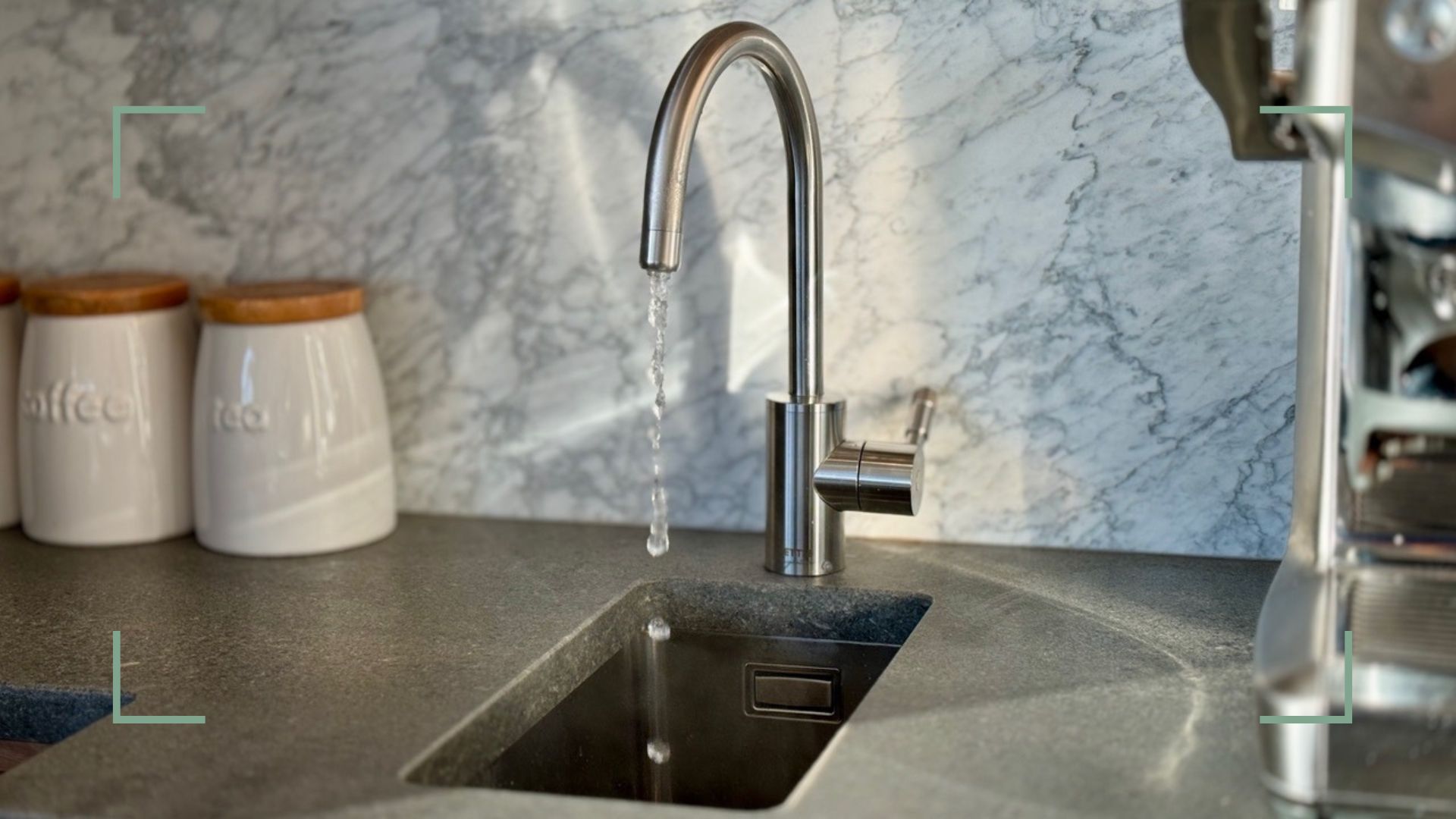

Boiling water taps have stormed the kitchen industry in recent years. Heralded as the best kitchen invention since the dishwasher – once you’ve installed a boiling water tap, I can promise you’ll never go back to a kettle again.
I finally bought my first boiling water tap when we installed our most recent kitchen in 2022, but I’ve been writing about them since the early ‘90s. As an interiors journalist specialising in kitchen trends, I’d heard so much hype from kitchen designers, manufacturers and readers alike over the years that I just had to get onboard.
With so many boiling water taps to choose from nowadays, I have to admit to feeling a little overwhelmed by all the options out there. I spent a lot of time working out which particular style of boiling water tap would best suit our new kitchen and family life and dug deep into the technical side of installation, use and maintenance.
Tap into my experiences to find out what you need to consider when buying a boiling water tap and discover which features I really rate (and a couple you may prefer to swerve).
WHAT YOU NEED TO KNOW BEFORE BUYING A BOILING WATER TAP
Before you rush out and buy one, it’s worth thinking about why you (really do) need a boiling water tap in the first place – and not just because it's one of the biggest kitchen appliance trends of 2024.
"People often feel that a boiling tap is just for teas and coffees, so they are often perceived as an expensive kettle. Nothing could be further from the truth," says Stephen Johnson, managing director of Quooker UK. "Once installed, a boiling tap will become your most used kitchen appliance. On average, used more than eight times a day."
I probably use my boiling tap more than eight times a day, and we don’t even drink a lot of tea unless friends drop in. Typical examples include boiling pasta, rice or steamed veg, soaking dirty pans and dishes, sterilising medical equipment and needles, thawing frozen peas, softening dried lasagne sheets, making instant noodles and filling hot water bottles.
Sign up for the woman&home newsletter
Sign up to our free daily email for the latest royal and entertainment news, interesting opinion, expert advice on styling and beauty trends, and no-nonsense guides to the health and wellness questions you want answered.
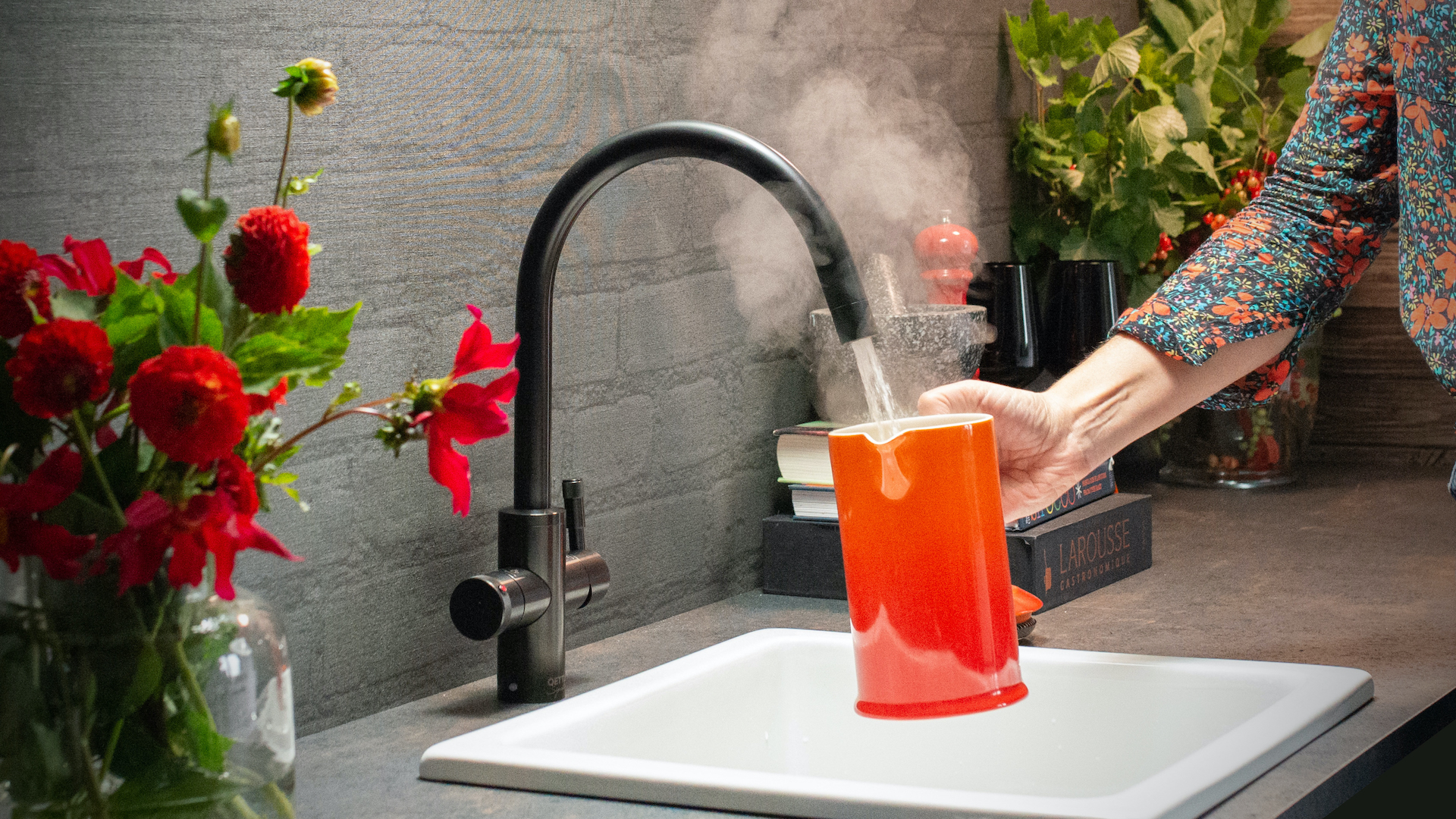
Checking out online reviews is a good starting point, especially those written by verified customers. I also took the opportunity to try out various working models during the many kitchen showroom events I attended for work, which I can highly recommend for getting a bit of hands-on experience.
But there are still so many different boiling taps out there you can’t hope to try every model, so what are the key points you need to consider?
Main design options
There are two main types of boiling water taps – dedicated boiling water taps, or 3-in-1 boiling taps. The former tend to be a little smaller and will usually just deliver boiling (more on that next) water, or a choice of boiling and filtered drinking water, but not the hot water you’d use for doing the washing up. You can fit one next to the main mixer tap at your kitchen sink, or, as I did, by a sink of its own.
There are two reasons I went down the separate boiling tap route. The main was safety-focused; I wanted to be able to tell my two young daughters that the boiling tap was completely off-limits. They’re allowed to use the main kitchen tap for washing their hands and getting a drink etc, but not the boiling tap, at least until they’re a little older.
The second reason was more about ergonomics. By creating a drinks station away from the main sink, my husband and guests can access tea and coffee etc without getting in the way while I am busy cooking.
My boiling water tap is the Qettle Signature Mini, which is a 2-in-1 model. They’ve changed the design a little now (just at the handle), but it has all the same credentials still.
If you don’t have the budget, space or desire for a separate boiling water tap, go for a 3-in-1 model at your main kitchen sink. These multifunctional taps deliver boiling, hot and cold water from one spout.
There is also the option to upgrade your boiling water tap menu to a 4-in-1 or 5-in-1 model, which brings sparkling water and chilled water into the equation and is ideal for homes where bottled water is a big expense. We didn’t go down that road as we get chilled filtered water from a dispenser on our fridge, and we never drink sparkling water.
It’s worth noting that all good boiling water taps will include a replaceable filter unit, which helps protect the boiler from limescale and other deposits, and also makes the water taste nicer.
Temperature levels
Not all boiling water taps deliver true boiling water at 100°c. Some operate at between 75-98°c and tend to be marketed as hot water taps or instant hot taps, rather than ‘boiling’ water taps. Always check the small print so you know which you’ll be getting.
For some people, especially herbal tea drinkers who argue that boiling water scorches delicate leaves, a tap delivering water that’s nearly but not quite boiling is perfectly acceptable. These instant hot taps tend to be more affordable, and they are less spitty when they pour, which is undoubtedly safer.
Personally, I really wanted properly boiling water for the speed benefits – getting that pan of pasta cooking quickly was a priority as I don’t have much time after finishing work to get dinner on the table before the girls lose their minds through hunger.
I also wanted the melting power of 100°c. I can pop a greasy baking tray under the boiling tap and watch the fat melt away. Gravy granules, jelly cubes and stock cubes dissolve properly with my boiling tap, too. I suspect it would be impossible to make a smooth, lump-free hot chocolate without boiling water. Nearly boiling water isn’t suitable for sterilising baby bottles or mixing formula either, so you should ensure you get one capable of 100°c if that’s one of your incentives for buying.
Tank size
Boiling water taps are supplied by a boiler tank designed to sit in the cabinet below the tap. Similar to when choosing the best dehumidifier, capacity is a key consideration. Tank capacities differ but the choice range for domestic use is usually between 1.5 litres and 7.6 litres.
"Be sure to consider where the tap will be placed and whether you have sufficient room for the tank, as the unit size can vary considerably across brands," says Umesh Thakur, lead design engineer at Perrin & Rowe. "Our models work with a 2.4L tank, which is ideal for even compact kitchens."
Running costs
While the cost of running a boiling water tap is dependent on use and your energy rates, similar to how much it costs to run a dehumidifier, it’s fair to say it will not cost you more to get boiling water from a tap than from a kettle. The most efficient boiling water taps feature heavily insulated tanks and are said to cost about 15-20p a day to run.
Also, factor in the cost of filter cartridge replacement – usually every six months. "Doing this should be an easy, DIY job - not something you have to ask a plumber to do or sign up to a servicing plan for," says Alexandra Rowe, director of Qettle.
"It's worth comparing the cost and eco-credentials of replacement filter cartridges, too - really, they shouldn't cost more than £40, and you should be able to recycle the bulk of the cartridge. Too many cartridges and their housings go straight to landfill, so steer clear of these." A factor to consider if you're looking to make more sustainable living choices.
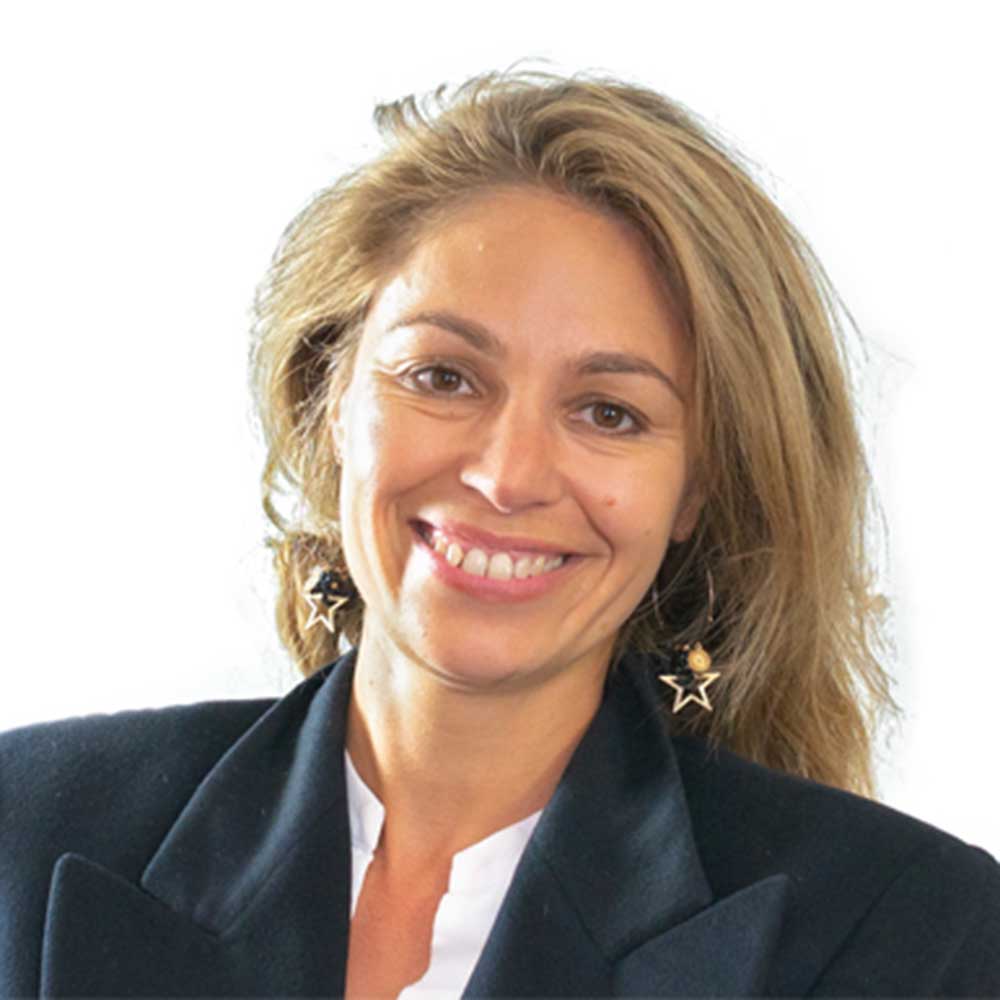
Alexandra Rowe is a director of the British manufacturer, QETTLE a family business that has lived and breathed kitchen taps for two generations.
Installation
Always check out the installation requirements before you buy. Some manufacturers insist on professional installation by an expert engineer, which is often included in the price or available on a ‘special offer’.
Others are designed to be more ‘plug and play’ using a 13amp socket and don’t require a specialist engineer to install. It’s not generally considered wise or safe to attempt to install a boiling tap yourself unless you have decent DIY skills, but many boiling water taps are designed so a competent plumber can install it with ease.
Safety
Scalding is a serious hazard, and it was one of my main concerns when buying a boiling water tap. All boiling water taps come with safety features that make it hard for children to accidentally access boiling water.
I did my research and found the Qettle tap, which has a good ‘push and turn’ mechanism that, much like the child-safety caps on bleach or medicine bottles, small children struggle to master. But it also came with an additional safety cap that slots over the handle and stops operation.
Now our children are older (10 and 13) and have fully computed the ‘do not touch’ memo, we don’t bother with the safety cap, but it offered vital peace of mind while we were getting used to being boiling tap owners.
What I wish I had known before buying a boiling water tap
Now we've ticked off the basics, it's time to get into the nitty-gritty of why you need a boiling water tap in your life. You could just trust me and go for it – honestly, no regrets in our house – but, in the interests of full disclosure, here are a few things I wish I’d known before buying a boiling water tap.
1.They can spit
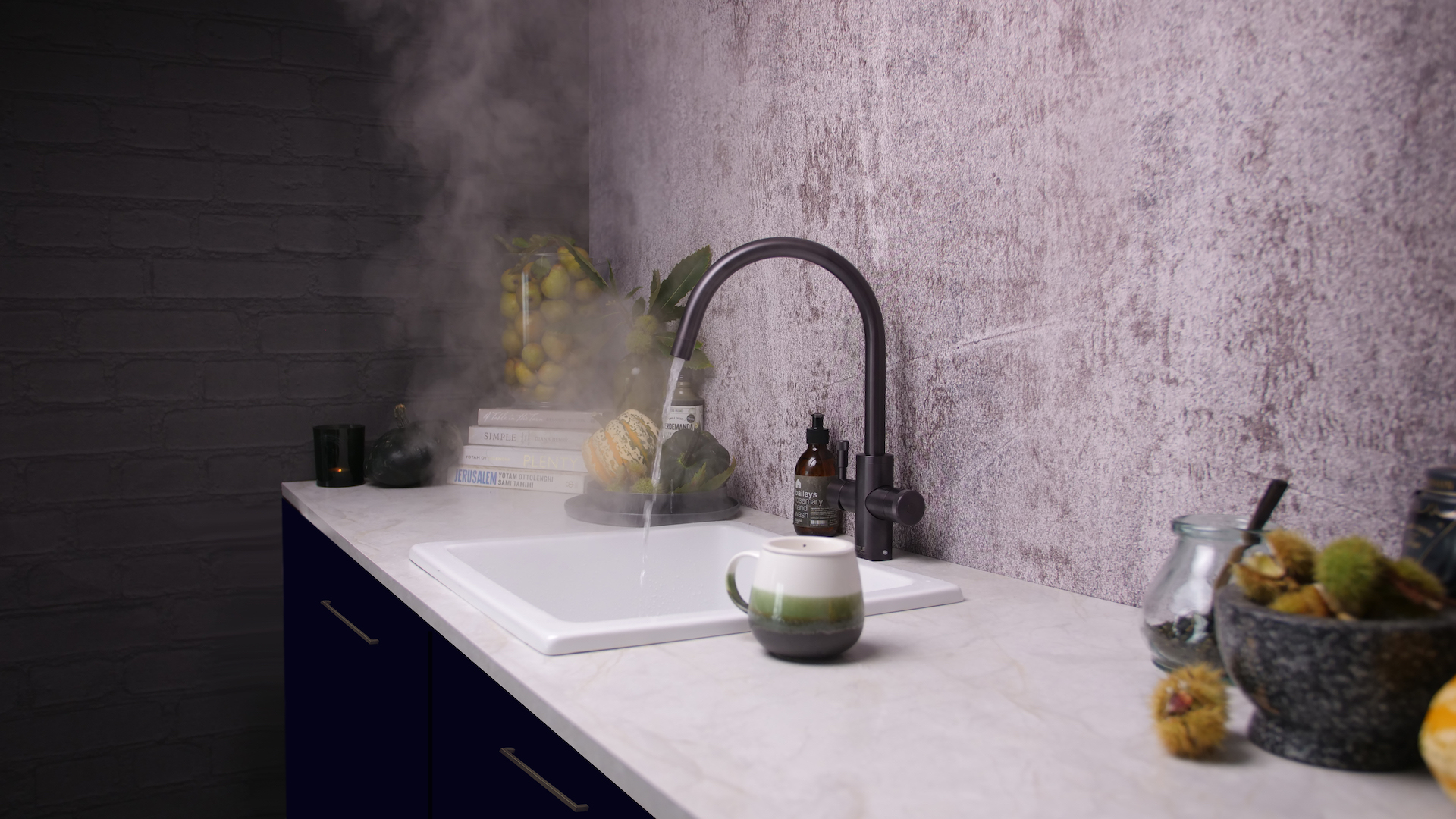
If your boiling water tap delivers truly boiling water, be prepared for occasional spitting, especially when pouring the first cup. This may sound like a serious design flaw, and it kind of is, but when you boil water you get steam and when you get a build-up of steam, the water will sometimes hiss and spit a little when it’s released.
However, this spitting should only be very moderate, not dangerous or a huge problem. If you experience serious spluttering and actual burns there could be an issue with the water pressure, boiler temperature or limescale buildup. Get a plumber out to check before continuing use.
The way you use your boiling water tap can make a big difference, and now I’ve had mine for a while, I’ve really got the hang of using it in a way that means I don’t ever get accidentally splashed, or an impromptu face-steam!
"The main trick to using a boiling water tap is to ensure the spout is safely contained inside whatever you are filling before you turn it on," explains Alexandra Rowe of Qettle. "Whether you’re filling a mug, jug or saucepan, just make sure you get the spout down inside it to safely contain any little splashes."
I found it soon became second nature to not turn the tap on until the spout was safely in place, and I had no problems teaching regular visitors, like my tea-obsessed mother-in-law, to do the same.
2. They’re fiddly to operate
Speaking of my mother-in-law, who is 82 years old and doesn’t do ‘modern things’, it did take a little while for her to learn how to override the child safety mechanism. It’s a push-and-turn motion you can do with one hand, but she didn’t find it intuitive at all.
She still regularly turns the handle in the wrong direction, without pushing down, which means her tea is stone cold. On the plus side, this does suggest the child safety feature is working, which is always a good thing. We may have trained our children to steer clear, but they often have friends over and we can’t be on boiling tap watch the entire time.
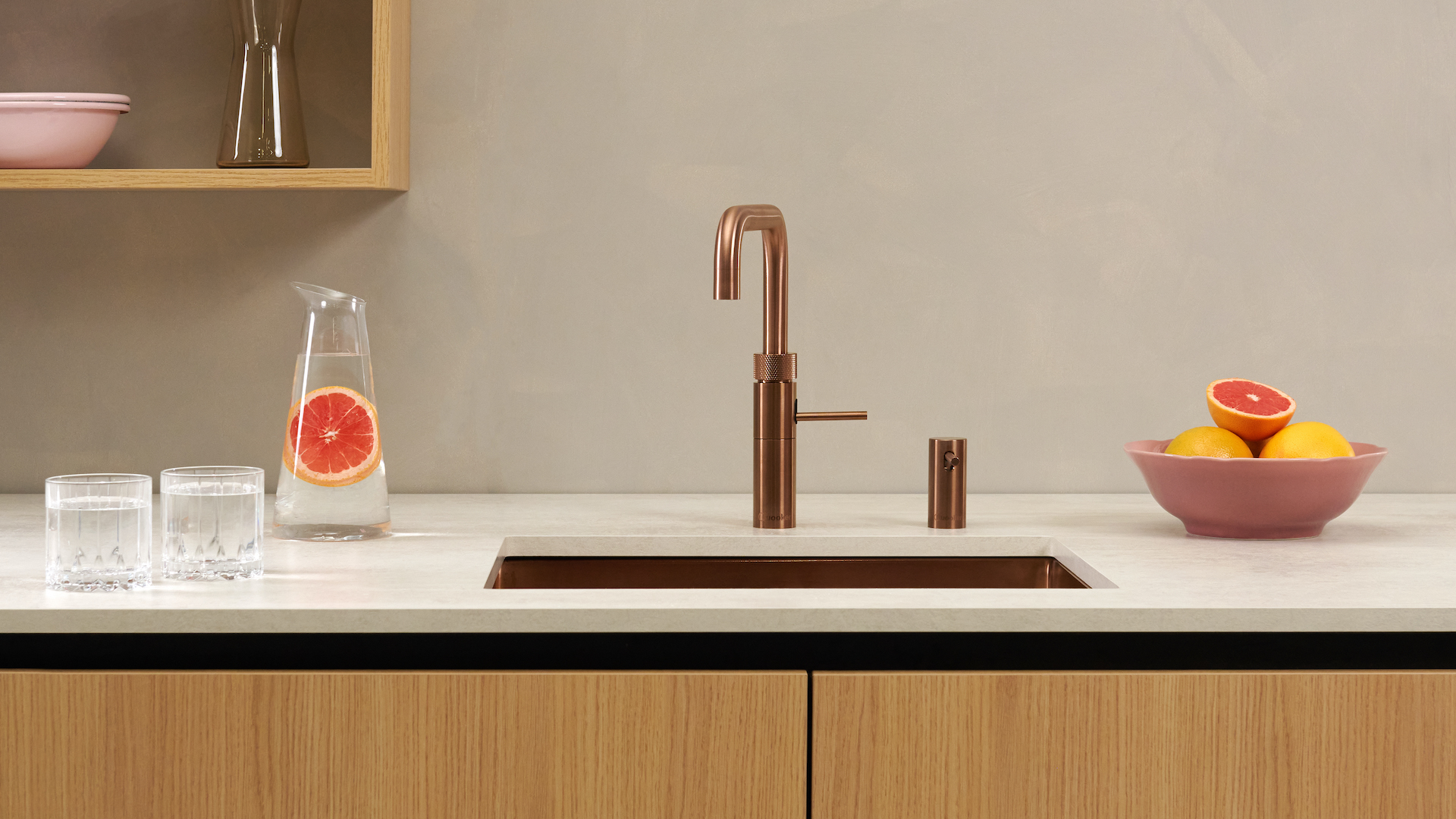
3. They can run out
The size of tank you buy will obviously determine how much boiling water you can expect to pour in one sitting. Selecting your ideal tank size should be a balance between the size of your family (and boiling water use) versus the running cost (a bigger tank will cost more to heat) and the storage space you have available for a tank.
We had three tank size options to choose from at Qettle; two, four or seven litres, and plumped for the middle four-litre tank, which delivers eight cups of boiling water at a time. This is enough to fill a large pan of potatoes but, we’ve discovered this winter, not quite enough to fill three hot water bottles. It’s rare that we ever completely run out of boiling water when cooking or making drinks though, and it only takes five minutes to boil a fresh tank so, on balance, I think we got it right for our family of four.
If you plan to use boiling water more regularly or drink tea until its coming out of your ears, purchasing a bigger tank would be wise.
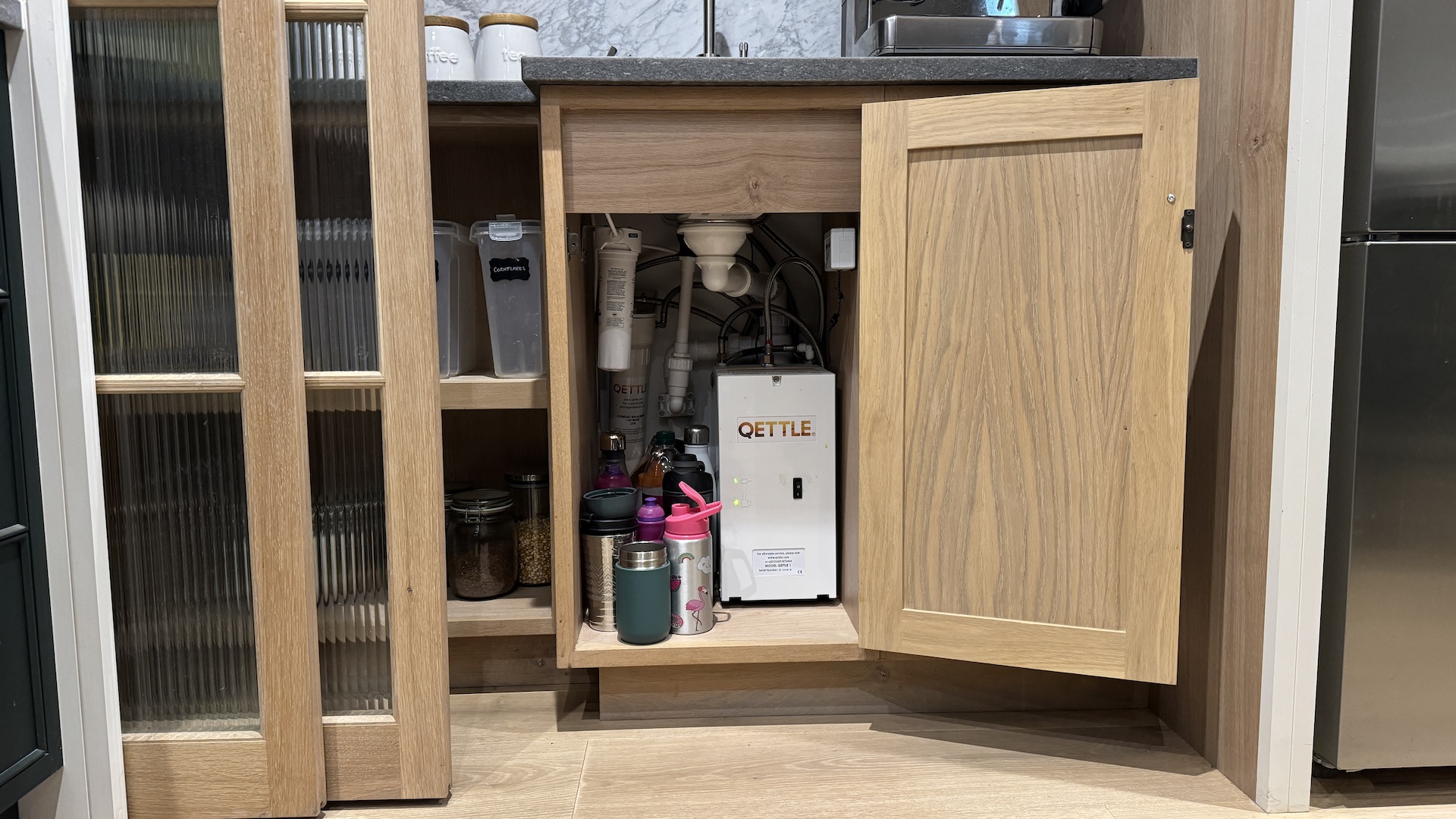
4. Your water pressure might need tweaking
Your home’s water pressure can affect the performance of your boiling water tap. If your water is on a standard 3-bar pressure system, you should be fine. A very high-pressure system, above 5-bar, may require the installation of a pressure reducing valve to ensure safe water delivery.
If you’re on a low-pressure system, under 1.5 bar, like we are, the boiler tank may struggle, and this will be obvious in the flow of the boiling water. We had to get our plumber back to adjust the pressure on our water supply before our boiling water tap poured smoothly and stopped popping and wheezing and generally sounding like it was having a fit!
5. They are 100x better than a kettle
I genuinely would never go back to waiting for a kettle to boil again, let alone having to factor in how often you should descale a kettle.
My organised kitchen countertops are clearer without the clutter of a trailing kettle cable and it’s just so much quicker to get the dinner on. I’ve convinced several of my friends and family to take the leap to buy a boiling water tap, and they’ve thanked me every time.
Is there a downside to boiling water taps?
There’s no doubt that the initial cost of a boiling water tap is greater than buying a regular kettle. Prices start from about £250-£300, but I would recommend investing at least £500 to get a good quality model that comes with a warranty from a reputable manufacturer.
You can pay thousands for an all-singing, all-dancing boiling water tap with an extensive water menu, fancy digital displays, flashy lights and all manner of connectivity. However, the more technical you get, the more chance there is of something going wrong and landing you with unexpected home improvement costs.
The only other possible downside to owning a boiling water tap I can think of is that I had to gift my beloved Alessi kettle to my little brother! I kept it in the cupboard for a while, ‘just in case’, but after it had been taking up precious storage space for a year, I passed it along.
Professional advice and first-hand expertise are so valuable when buying a boiling water tap because unlike asking what you need to know when buying an air fryer or what to know when buying a dehumidifier a boiling water tap is more of an investment due to the higher price point.

An interiors journalist for more than 20 years, Linda Clayton has worked on a wide array of consumer titles, including Homes & Gardens, Livingetc, Country Homes & Interiors and Real Homes.
She graduated from Cardiff’s esteemed School of Journalism, Media and Cultural Studies with a First Class degree and Postgraduate Diploma in Magazine Journalism.
-
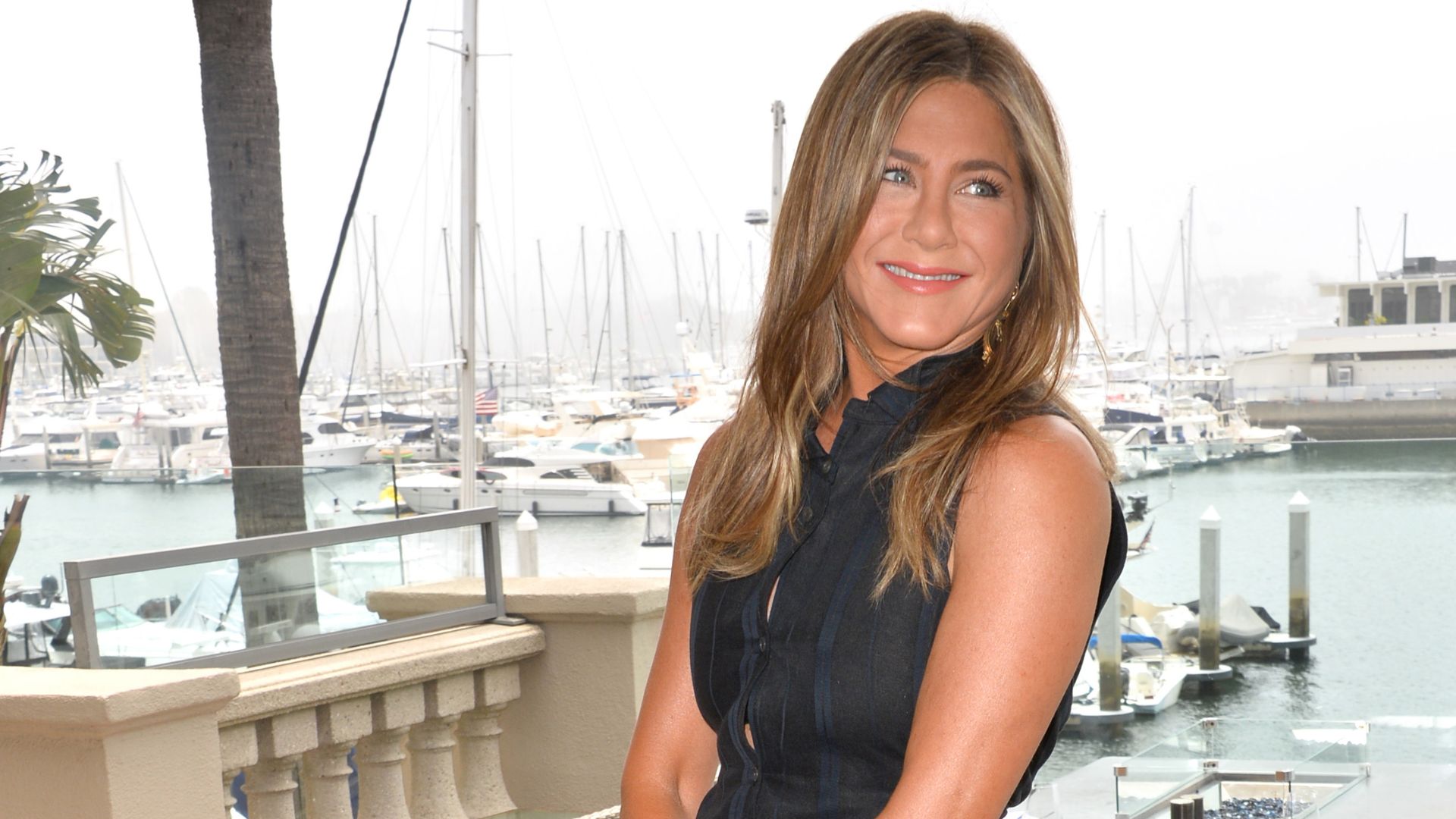 Need spring style inspiration? Jennifer Aniston proves a shirt dress is the most versatile item you can invest in
Need spring style inspiration? Jennifer Aniston proves a shirt dress is the most versatile item you can invest inIf you only buy one piece this weekend, make it a shirt dress
By Matilda Stanley Published
-
 Celebrities you never knew got their start as models, from Angelina Jolie's 'terrible' experience to A-listers who started as pageant queens
Celebrities you never knew got their start as models, from Angelina Jolie's 'terrible' experience to A-listers who started as pageant queensWhether it was just for a short time or it's how they got discovered for something else, these stars owe it all to striking a pose
By Jack Slater Published
